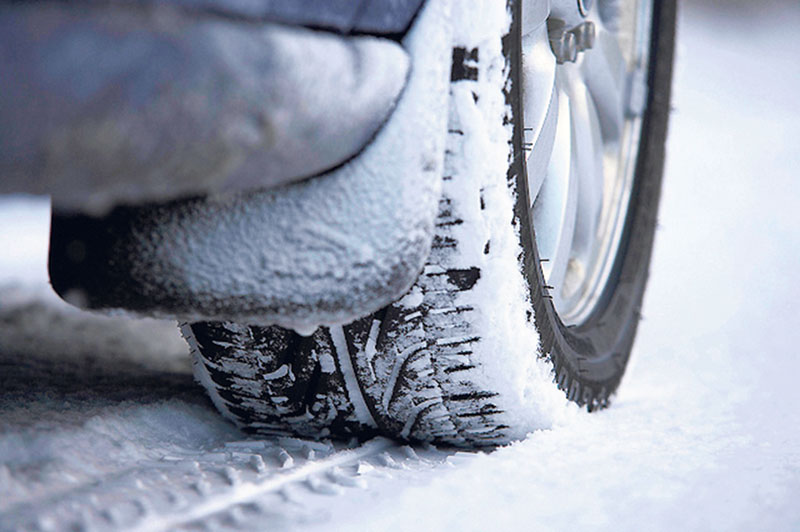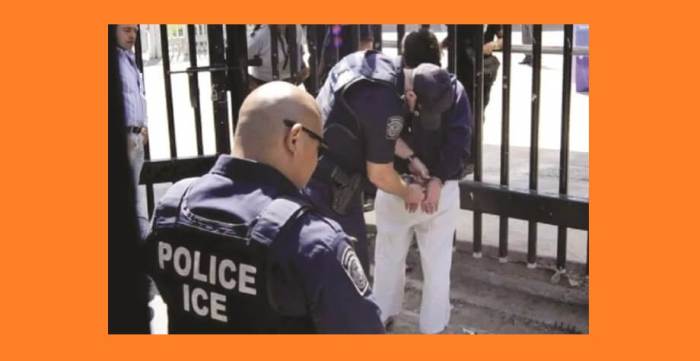 Sub-freezing temperatures place tremendous stress on neglected vehicles.
Sub-freezing temperatures place tremendous stress on neglected vehicles.
Batteries die, tires deflate, radiators freeze, brakes seize, belts and hoses crack. The best time to give attention to those items is before the arrival of cold weather leaves you stranded and creates extra, unneeded expense and danger.
AAA recommends all drivers have a certified technician inspect and prepare their vehicles. Last winter (November 2016 to March 2017) AAA Northeast rescued 148,827 stranded drivers due to preventable cold-weather-related items, with dead batteries number one with 80,793 calls. Being stranded in the cold is more than inconvenient, it can be dangerous. Most vehicles are 90 percent metal and will quickly drop to outdoor temperatures without a running engine to provide heat, most likely due to a dead battery.
If this happens in a remote area, it can be life threatening. The cold can also thicken motor oil, making it difficult if not impossible to start a vehicle, especially if the battery is weak.
According to Michelin North America, tires lose one PSI (pound-per-square-inch) of pressure for every 10 degrees the air temperature falls. Also, Michelin says tires naturally lose one PSI per month. So, with no attention, a tire with 40 PSI at 80 degrees on June 1, will be at 30 PSI on Nov. 1 if the temperature is 30 degrees. Also, a government study some years ago found a third of all drivers were unknowingly rolling around on already underinflated tires, which cold weather can leave visibly flat. Last winter, flat tires caused the second highest number of AAA Northeast calls with 45,516.
Robert Sinclair, Jr. is the manager of media relations for AAA Northeast.
































